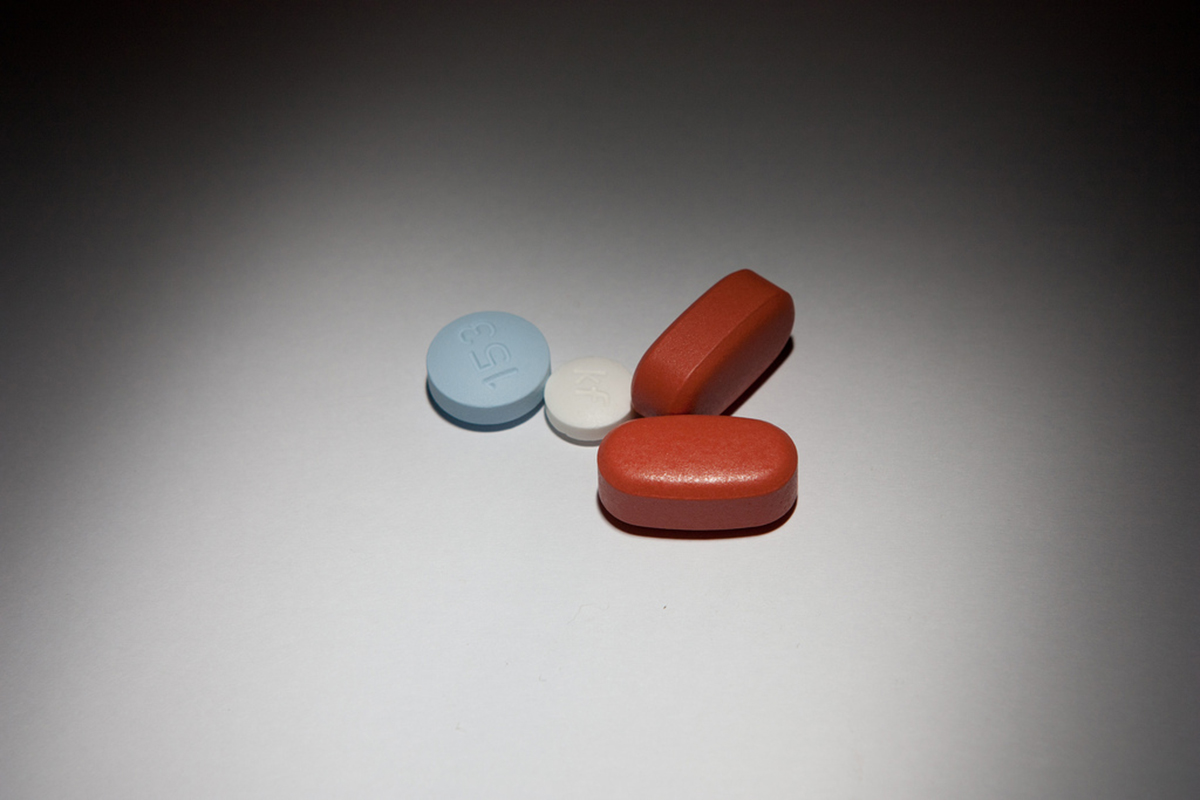Table of Contents
HIV treatment has come a long way since AZT was first introduced in 1987. Over 30 medications from five different classes were approved by the US Food and Drug Administration. The availability of numerous different treatments means more HIV-positive people can live longer and healthier lives. Understanding the different drugs is quite a task, though, and that's why we'll talk about them today.

The Basics: What Does HIV Treatment Do?
HIV cannot currently be cured. That means patients will never be free from the virus, despite treatment. So what does the treatment actually do? Without medication, HIV will reproduce (or rather replicate: make copies of itself) in the patient's body unhindered. While the patient may look and feel healthy for around 10 years after infection, the virus will weaken the immune system, become part of the patient's DNA, and eventually leave the body vulnerable to life-threatening opportunistic infections. At that point, the patient will be diagnosed with AIDS, the final stage of HIV.
With treatment, the likelihood that a patient will progress to AIDS is greatly reduced. HIV-positive people who start treatment while their immune systems are still within the normal range have the best chance of living a healthier life for much longer — indeed, depending on the treatment they have access to and how well they respond to it, such HIV-positive people have excellent odds of enjoying a near-normal life span.
HIV-positive people generally do best with a combination of three different drugs, usually from two different classes, though these are sometimes combined into a single pill.
By taking a combination of different HIV medications, HIV-positive people minimize their viral load and keep their immune systems as healthy as possible. HIV can mutate, after which its new mutation can become resistant to a drug. Taking multiple drugs additionally ensures that mutations are less likely to occur, so patients can continue to benefit from their treatment.
When Should Treatment Be Started?
HIV treatment may not commence right after diagnosis. HIV patients should always decide when to start treatment in close consultation and cooperation with their healthcare provider. Whether an individual will start treatment or not depends on many factors, including the patient's health, their mental willingness to use the treatment and accept any side effects, and the availability of treatment. Once treatment is commenced, it must be adhered to meticulously. Not sticking to the treatment regimen can be extremely damaging.
See Also: Early Start Of HIV Treatment Benefits Patients' Long-Term Health
All HIV-positive people in the United States are now recommended to be on treatment. That means anyone newly diagnosed with HIV is advised to start the appropriate treatment right away, in consultation with their doctor.
In any case, it is very strongly suggested that any HIV-positive person who's CD4 count drops below 500 starts antiretroviral treatment. CD4 cells, also known as T-cells, are white blood cells that belong to the lymphocyte category. These cells are HIV's main target, and they also play a hugely important role in the immune system. Once a person's CD4 count drops below 200, they are at great risk of developing an AIDS-defining illness such as a certain type of pneumonia, something that can quickly become life-threatening.
- Photo courtesy of Rico Gustav by Flickr: www.flickr.com/photos/rico_gustav/9309963279
- Photo courtesy of Denverjeffrey by Wikimedia Commons: commons.wikimedia.org/wiki/File:Truvada.JPG


Your thoughts on this